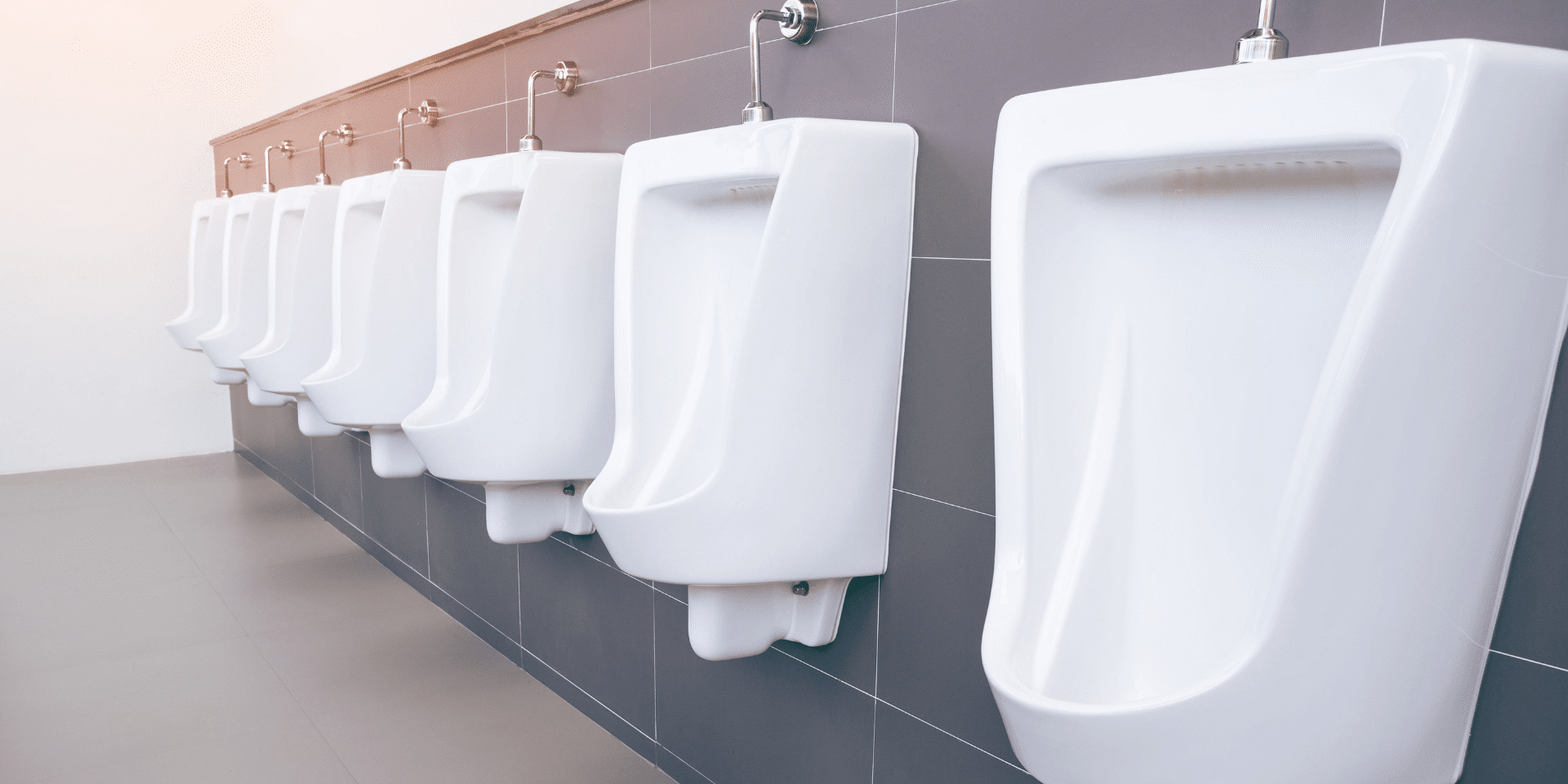This page is also available in:
![]() English
English
Urinary incontinence (UI) can be very embarrassing to those affected by this condition, affecting their overall quality of life.
Urinary incontinence refers to accidental urine leaks. While UI affects more women than men, it is still common among men, especially older men. An estimated 31 percent of men 65 and older experience some form of UI.
Here are 5 things you should know about UI in men, including signs, symptoms, and risk factors
1. What Causes Urinary Incontinence in Men?
In a functional male urinary tract, tubes called ureters transport urine from the kidneys to the bladder. Over time, urine accumulates in the bladder.
Eventually, a signal is sent to your brain telling you that you have to go to the bathroom. In men, urine leaves the bladder by passing through a tube in the penis called the urethra.
Throughout this process, various problems can lead to UI. For example, in some cases, the brain doesn’t receive a signal notifying it that the bladder is full. In other cases, the problem is in the urinary tract.
For instance, the bladder muscles might squeeze too hard or at the wrong time, pushing urine out at unexpected times. Or, the bladder doesn’t empty fully when going to the bathroom and quickly becomes too full again.
These problems can be caused by a number of factors. Sometimes, they’re the result of an underlying medical condition or procedure, such as surgery. In other cases, they’re the result of changes that occur with age.
Some health conditions that can contribute to UI include:
- Urinary tract infections
- Conditions that affect the prostate (e.g., enlargement or cancer)
- Constipation
- Long-term coughing due to sickness or allergies
- Neurological disorders, such as multiple sclerosis (MS), Parkinson’s or Alzheimer’s
- Obesity
- Surgical or radiation damage to urinary tract nerves (e.g., lower back and prostate surgeries)
- Urinary tract obstructions
- Weak bladder or pelvic floor muscles
- Weak sphincters
- Diabetes and stroke
When UI is caused by a health condition, treating that condition may help improve symptoms. But it is not always possible to identify what is causing UI.
2. What Are The Symptoms of Urinary Incontinence in Men?
All types of UI cause involuntary urine leaks.
However, different types of UI are associated with different symptoms. Your symptoms can help your doctor determine which type of incontinence you have.
The types of incontinence and their symptoms are listed below.
- Urge incontinence occurs alongside an abrupt and urgent need to urinate, followed by an accidental leak.
- Stress incontinence is associated with actions or movements that put pressure on the bladder, causing leaks.
- Overflow incontinence occurs when your bladder is too full, causing a leak.
- Functional incontinence occurs when a physical or mental disability makes it difficult to get to a toilet in time.
- Transient incontinence is a temporary form of incontinence that is caused by another condition, for instance, a urinary tract infection.
- Mixed incontinence refers to symptoms of incontinence that apply to more than one of the types listed above.
3. Are Certain Types of Incontinence More Common in Men?

Certain types of incontinence are more common among men. Urge incontinence, which occurs when UI occurs after a sudden need to urinate, is the most common.
This condition is often associated with an enlarged prostate gland, which can lead to an overactive bladder.
Stress incontinence, which occurs alongside actions and movements that put pressure on the bladder, is also common in men.
4. Am I At Risk?
Certain factors might put you at an increased risk of developing UI. Among men, risk factors include:
- Age. Older men are more likely to develop UI than younger men. In some cases, this is the result of physical changes that make it more difficult for the muscles and sphincters to hold in urine. Other factors include medical conditions that occur more commonly in older men and that are associated with a loss of bladder control.
- Inactivity. With stress incontinence, certain movements, such as jumping, heavy lifting, or running, increase your chance of experiencing a urine leak by putting pressure on your bladder. However, physical activity can help you maintain a healthy weight and increase your overall muscle strength, both of which can reduce your risk of incontinence.
- Medical history. People who have a history of certain conditions, such as diabetes or prostate cancer, are at an increased risk of UI.
- Neurological conditions. Conditions that affect the brain and nervous system, including multiple sclerosis (MS), Parkinson’s, and Alzheimer’s, may interfere with messages between the brain and the urinary tract.
- Congenital defects. Some men are born with urinary tract defects that cause UI.
5. How can I Prevent Urinary Incontinence?

Not all forms of UI can be prevented, especially those that are caused by underlying medical conditions. However, there are some things you can do to reduce your risk of developing UI.
These include:
- Maintaining a healthy weight
- Eating a fibre-filled and balanced diet
- Staying physically active
- Avoiding substances that irritate the bladder, such as alcohol and caffeine
- Treating underlying health conditions, such as diabetes
- Quitting smoking
Stay informed and see all our articles on urinary incontinence.
You can also learn more about our latest studies investigating urinary incontinence.
The information provided should not be taken as professional medical advice. If you are having issues or have health-related concerns, you should see your personal physician.


